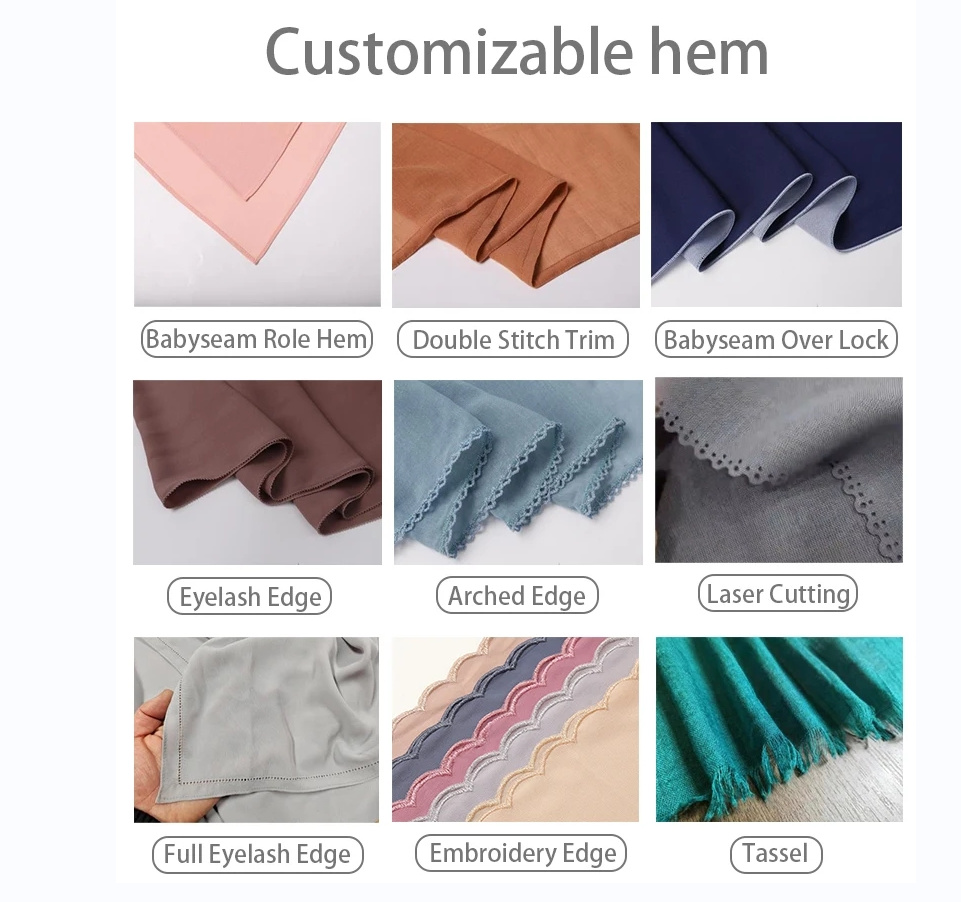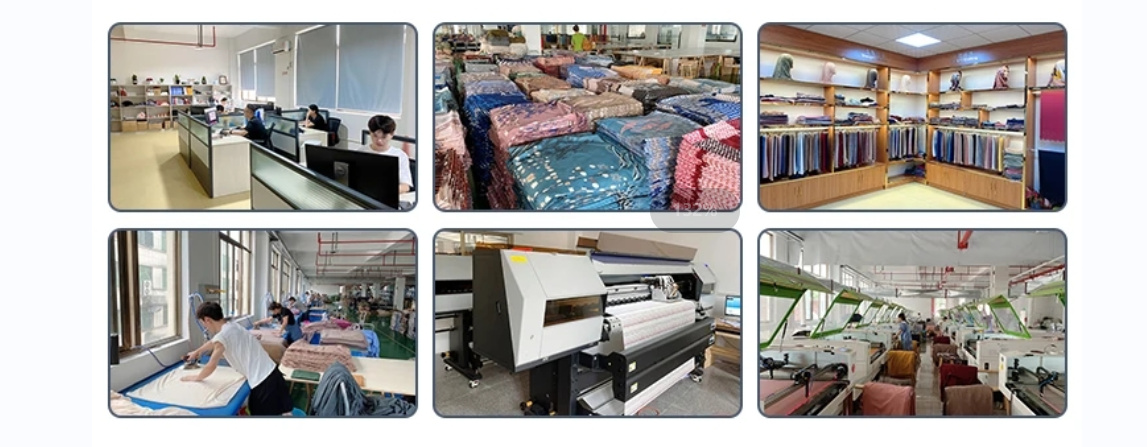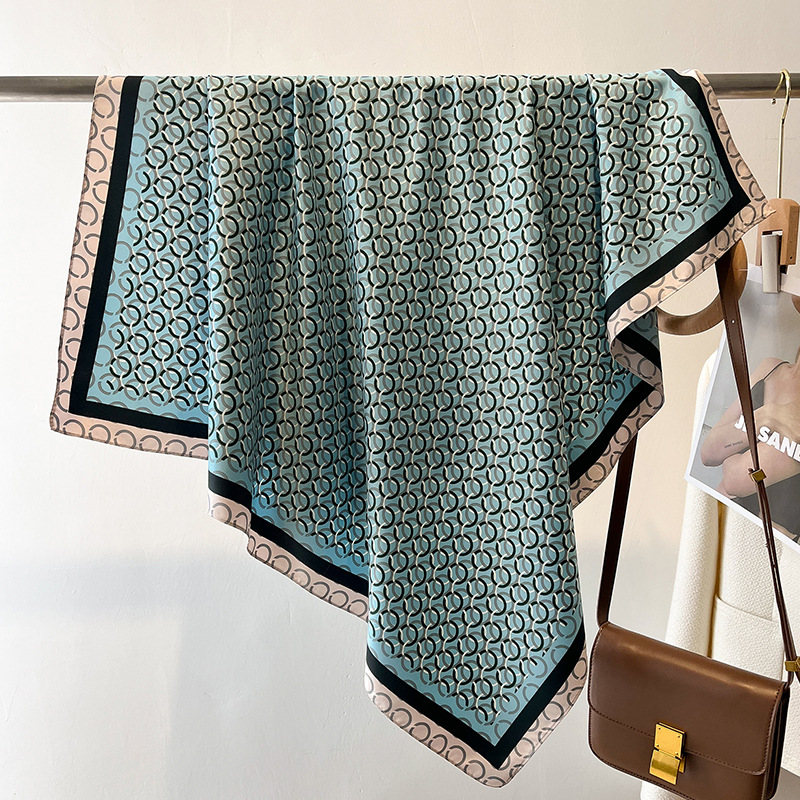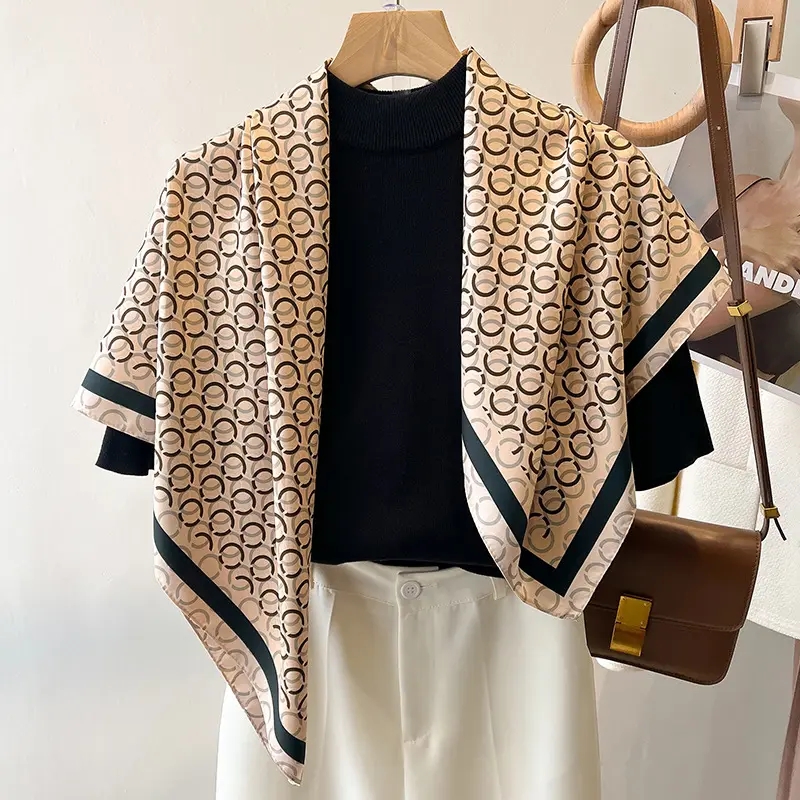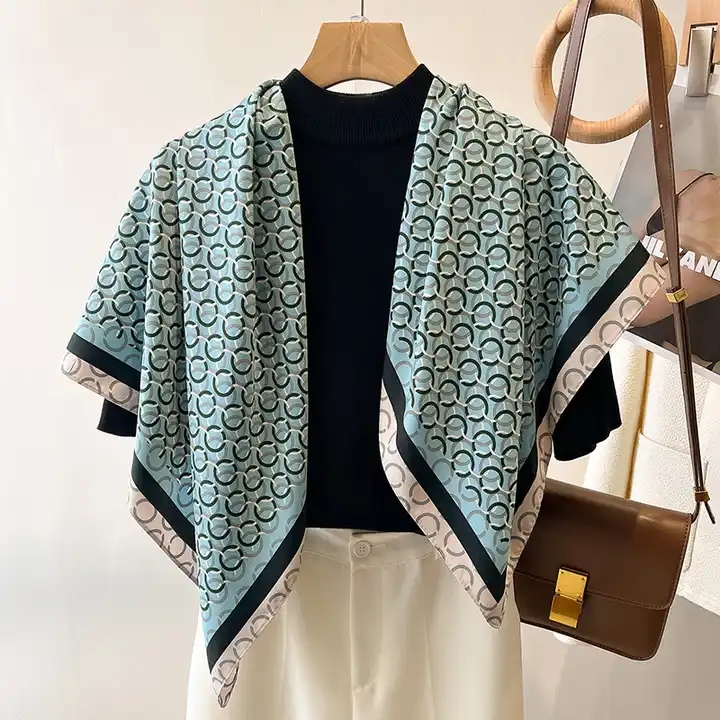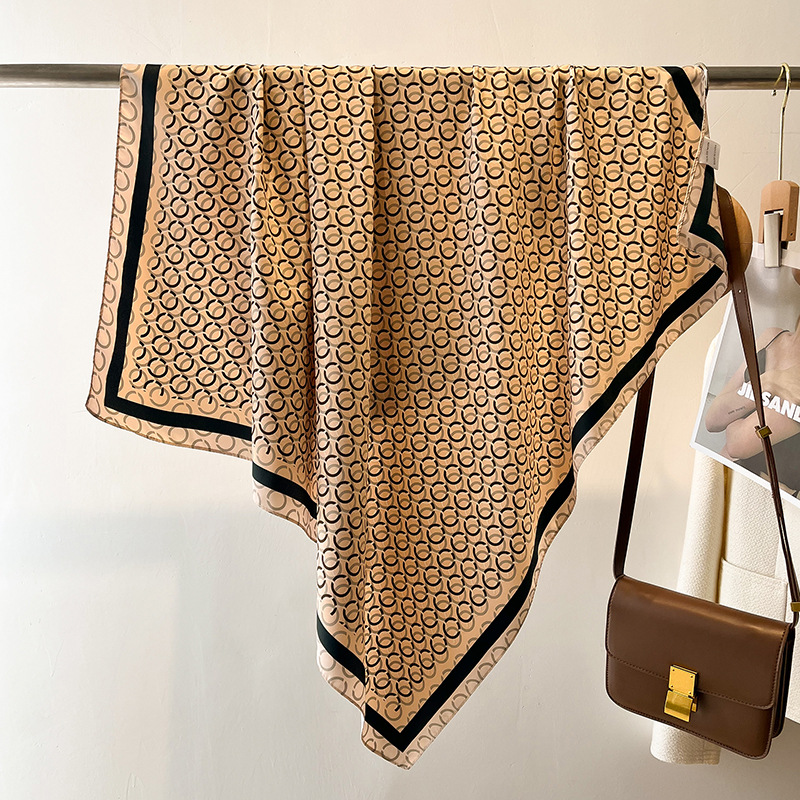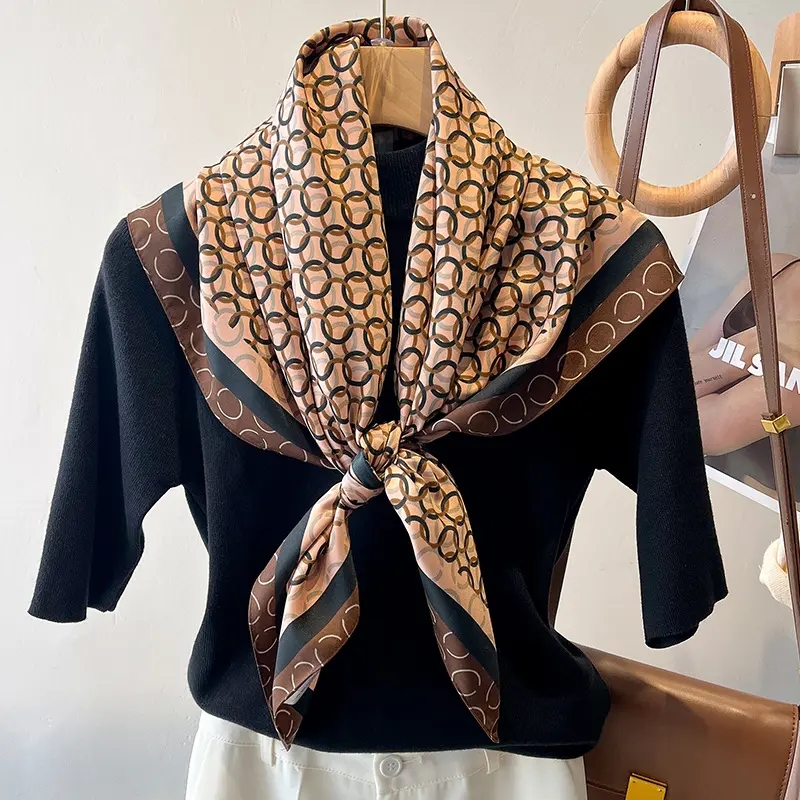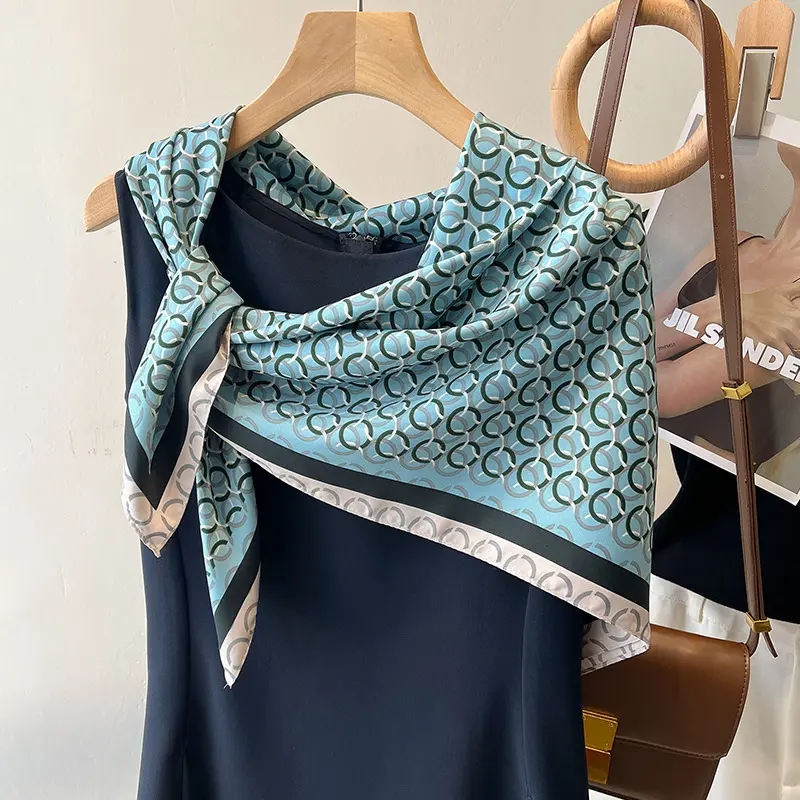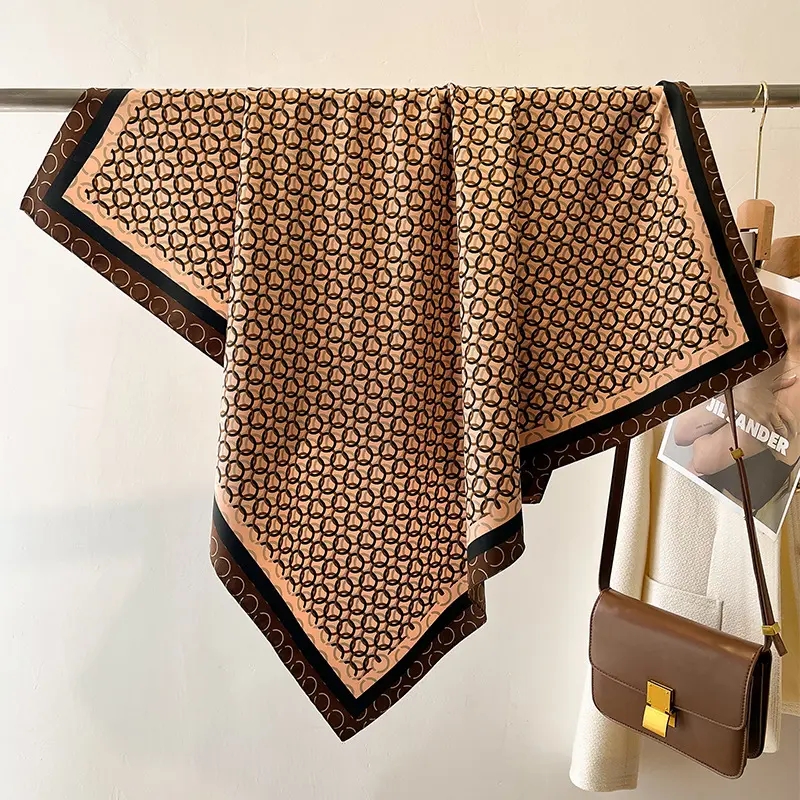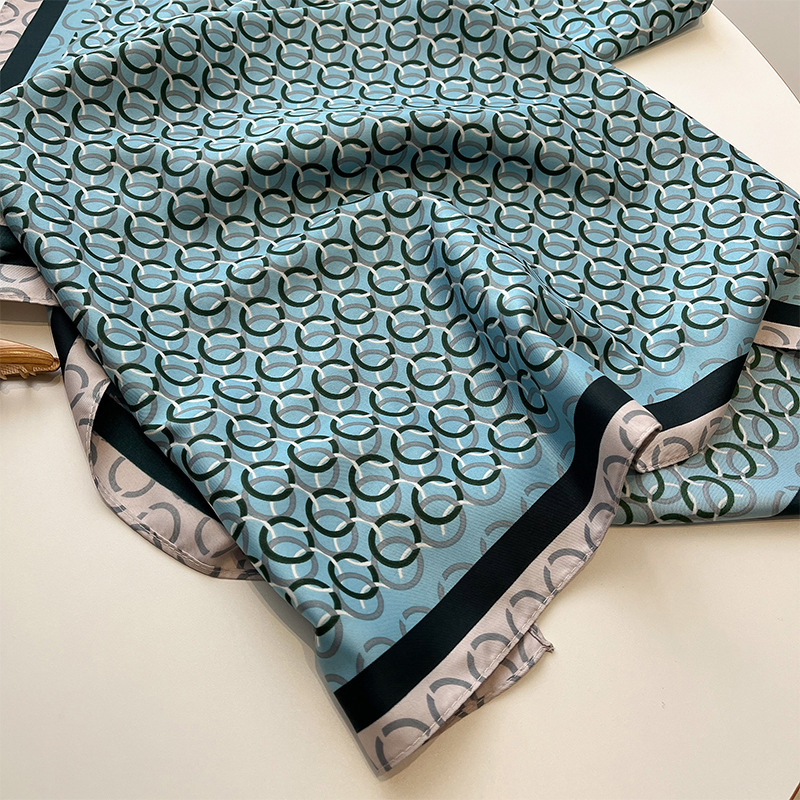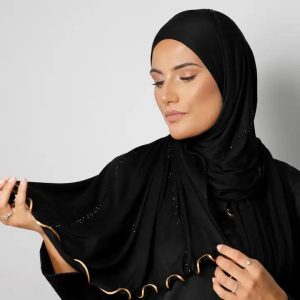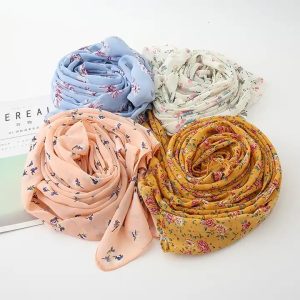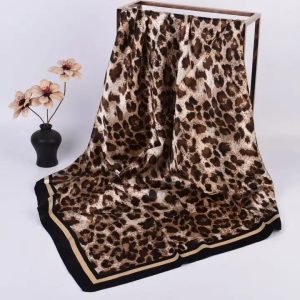Headscarves: A Fusion of Tradition, Style, and Cultural Heritage
Cultural Emblems in Fabric
Headscarves stand as symbols deeply rooted in cultural heritage. From the graceful folds of the hijab to the intricate weaves of Indian dupattas, these pieces of fabric carry centuries-old stories, reflecting the rich tapestries of diverse traditions.
Fashion’s Timeless Narrative
In the dynamic world of fashion, headscarves maintain an intriguing allure. They seamlessly blend tradition with modernity, gracing runways and street styles alike, where they serve as canvases for both cultural homage and contemporary expression.
Versatile Expressions
The allure of headscarves lies in their adaptability. Whether draped for modesty, styled for sophistication, or worn as a statement piece, they effortlessly complement diverse fashion sensibilities and occasions.
Crafting Personal Stories
Selecting the perfect headscarf involves exploring textures, colors, and cultural connotations. Each choice encapsulates individual tastes and values, allowing wearers to express themselves while honoring their heritage.
Embracing Diversity Through Adornment
Headscarves transcend geographical boundaries, symbolizing unity in diversity. They invite appreciation for various cultures, fostering a space where differences are embraced and celebrated.
Conclusion: Tradition Redefined in Modernity
In the fabric of headscarves, tradition intertwines with contemporary flair. Beyond being a mere accessory, they signify elegance, cultural pride, and the celebration of unique identities.
Worn for religious reverence, cultural belonging, or as a statement of personal style, headscarves continue to weave a narrative of heritage, inclusivity, and individual expression.
